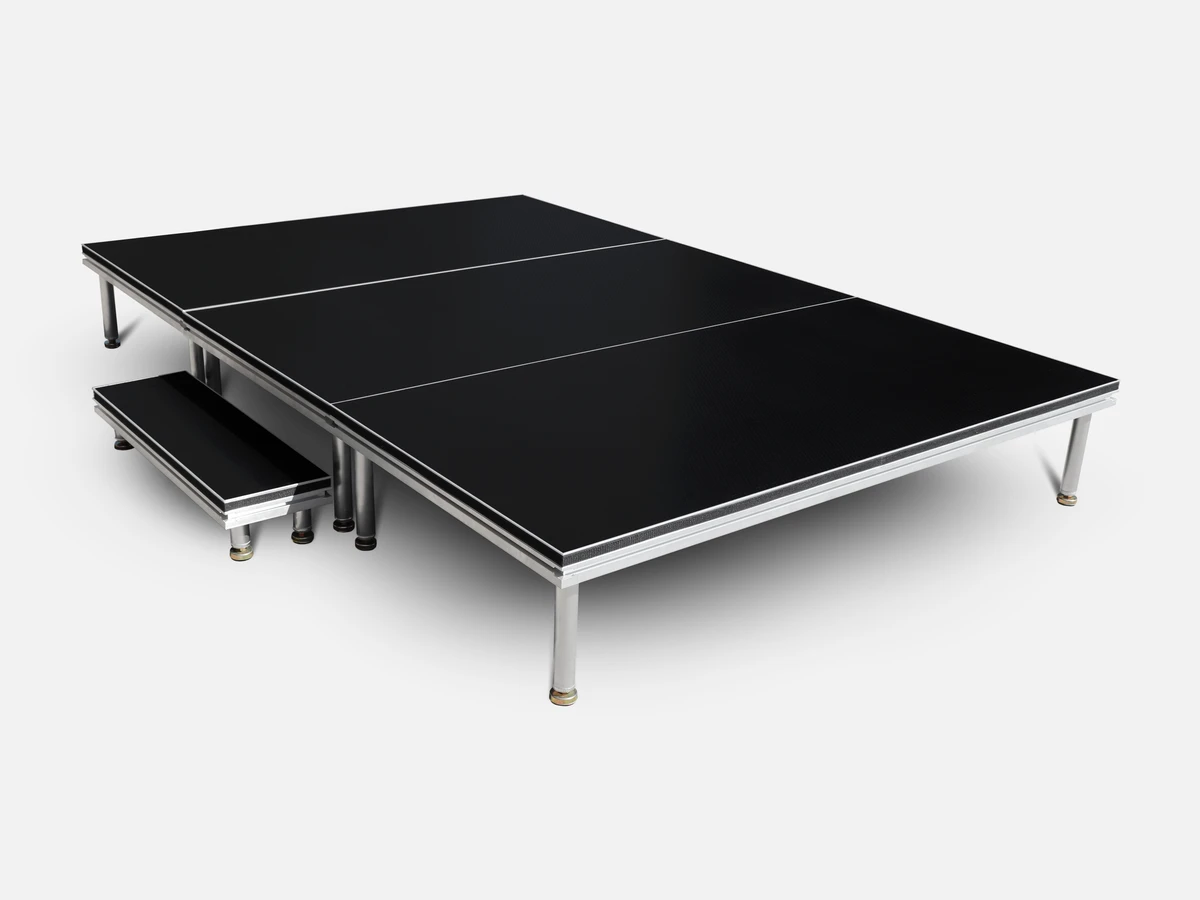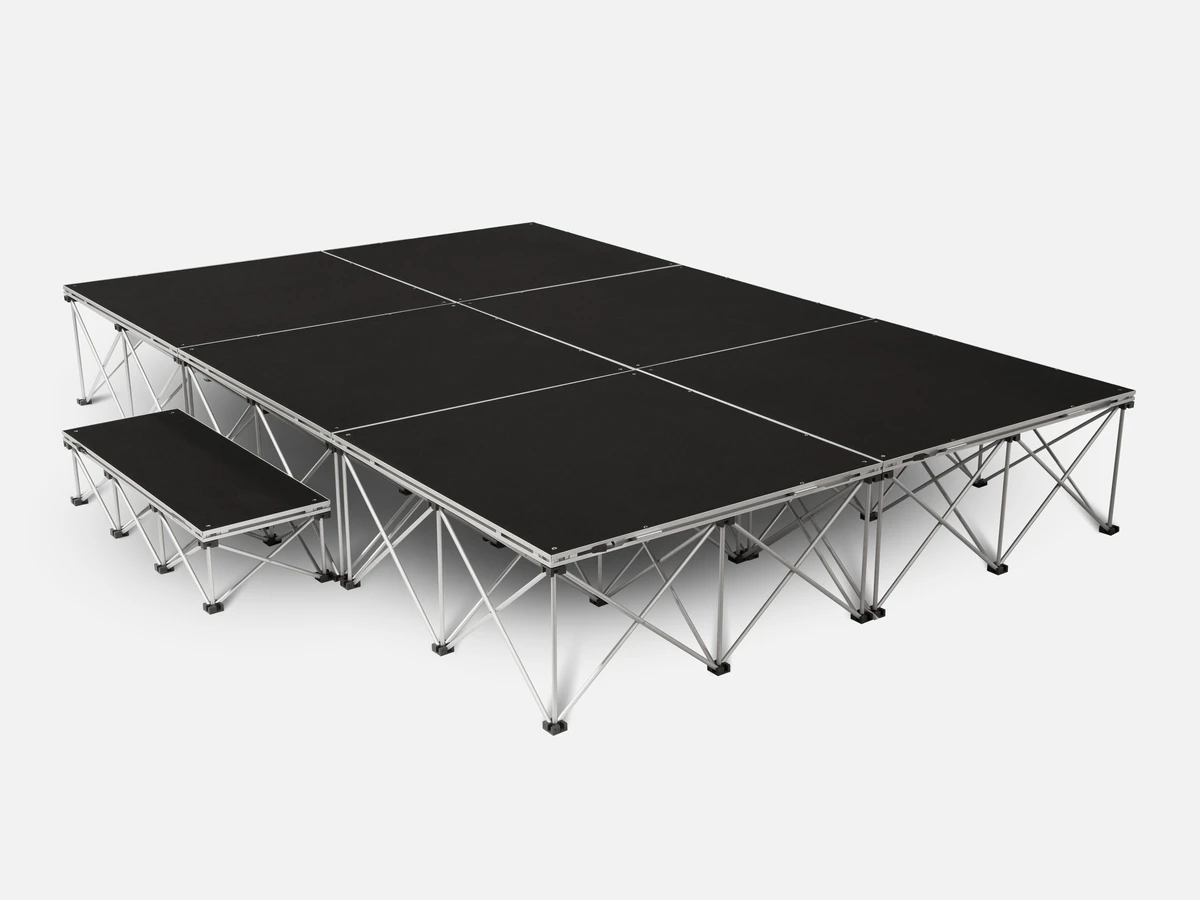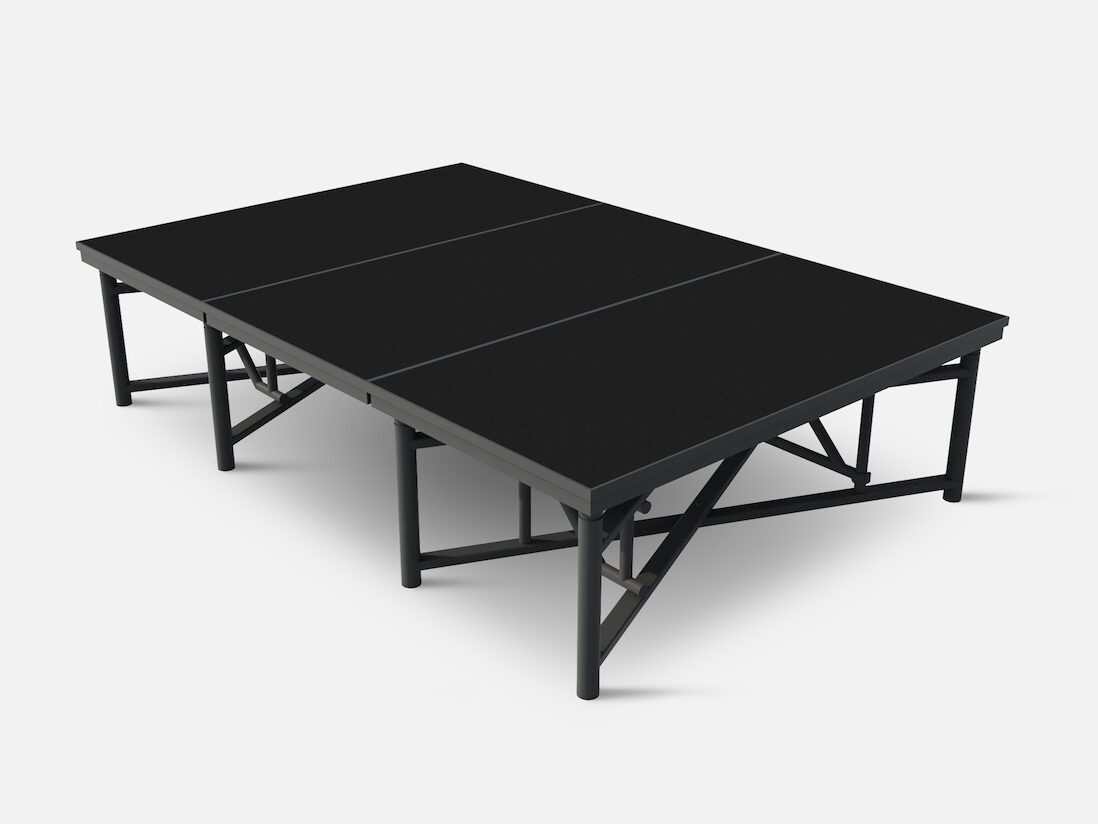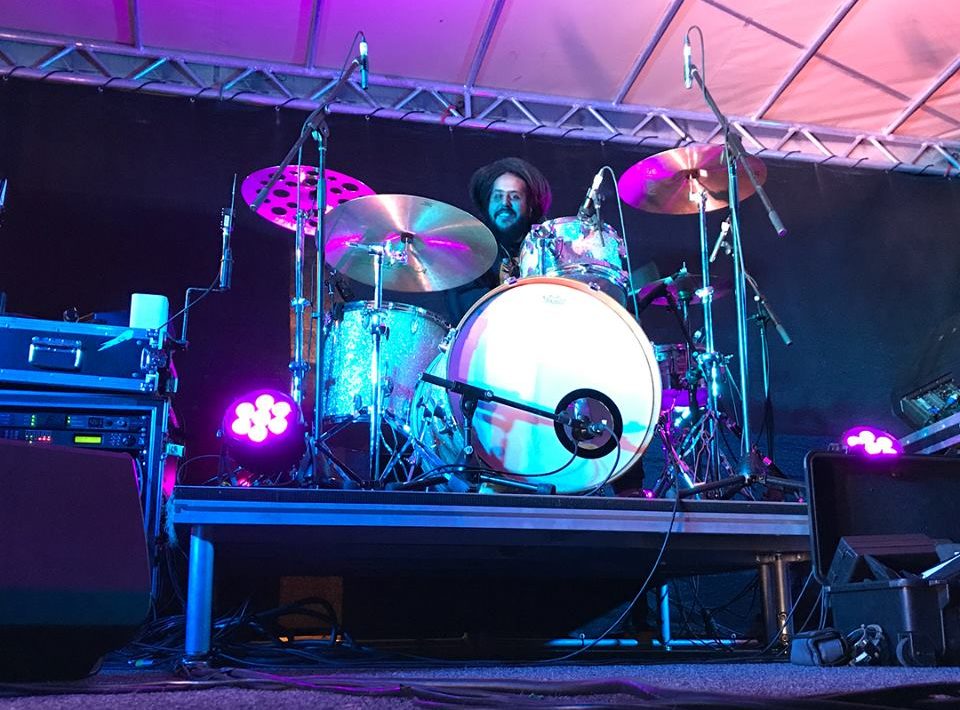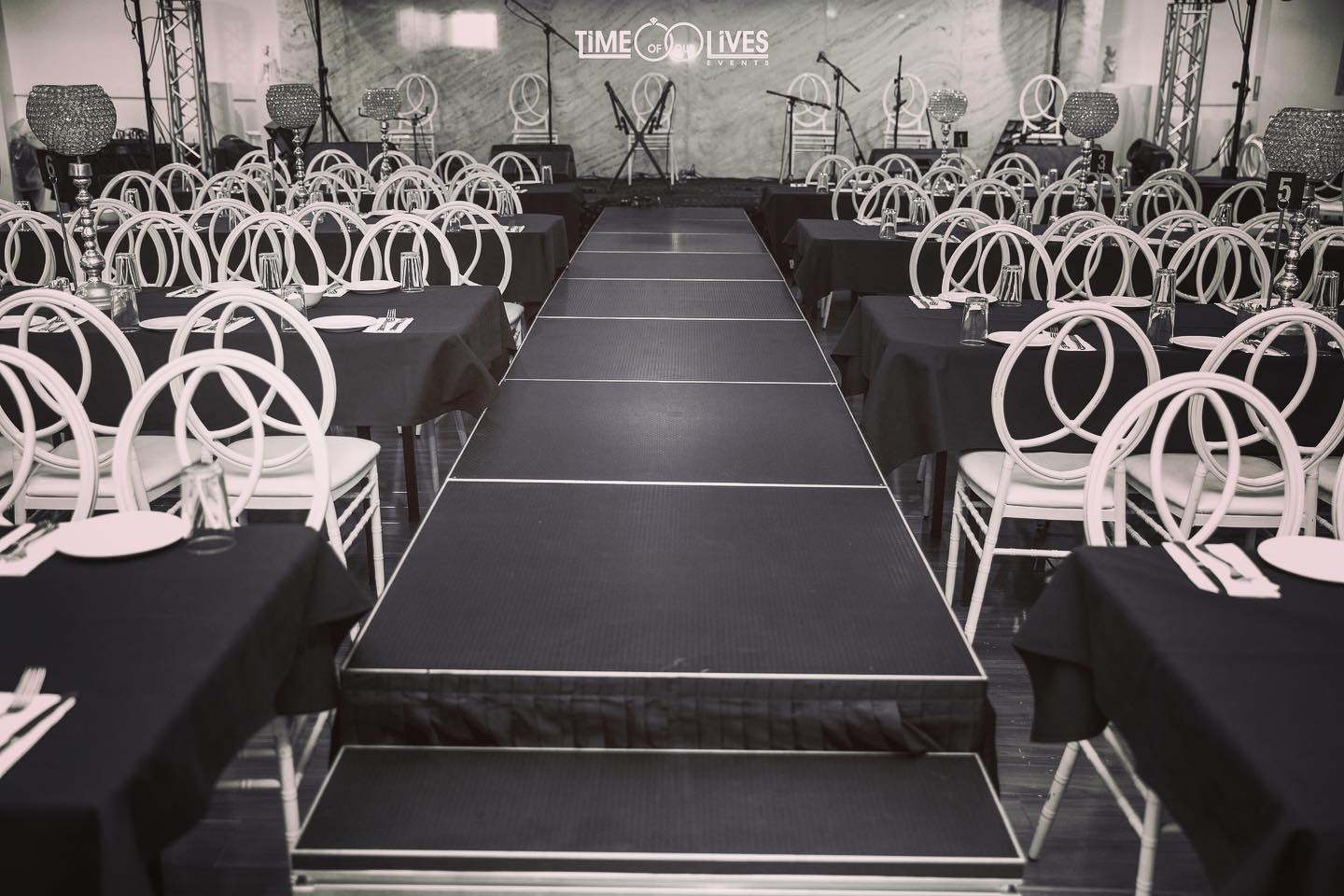June 05, 2024
Most people may have encountered a portable stage setup by walking past a council event, attending their kids’ school performance, or participating in their local church’s weekly assembly.
By definition, a portable stage is a platform or structure that can be easily transported and set up in different locations for various events or performances. It is typically made of lightweight materials such as aluminium or wood, allowing for easy assembly and disassembly. While you may have some basic understanding of what a portable stage is, this article aims to provide you with more extensive knowledge about all you need to know about portable stages.
What are Portable Stages Made Of?
In the good old days, portable stages were commonly made of solid wood structures. While sturdy, they were extremely bulky and heavy (over 70kg per panel!). Thanks to the adoption of new materials in the manufacturing of portable stages, most of the portable stage frames in the market these days are made of aluminium, which is strong and significantly lighter.
The surface can be made of various materials depending on the application. Carpet is a common finish, ideal for indoor use, as it gives a professional look. Over the years, anti-slip multi-purpose laminated surfaces have become more popular, as they can be used both outdoors and indoors and are easy to maintain. There are also wooden-look surfaces available that mimic the appearance of permanent stages you may be familiar with in school halls. All in all, current portable stages are lighter, more versatile, and user-friendly than before.
Portable Stage vs. Permanent Stage
Obviously, there are many benefits to building a permanent stage, such as their immediate usability without the need for setup, disassembly, or packing away. Permanent stages can also be easily equipped with lighting and sound systems, backdrops, and other equipment tailored to your event’s needs.
However, in some cases, building a permanent stage is not always feasible. It can be quite expensive and a lengthy process. If you don’t have a big budget for a permanent stage, purchasing a portable stage is a cost-effective alternative. Portable stages offer the flexibility to set up your stage wherever you want, without being restricted by location. You can set up your stage outdoors, or if you have a smaller event requiring only a small platform, you can set up a small portable stage without occupying the entire hall. With the use of portable stages, you can free up more space for other activities when needed. This is quite common in schools that share halls with sports activities, which a permanent stage cannot offer.
Who Would Use Portable Stages?
Portable stages are most commonly used by event hiring and production companies that need a solution to set up stages at different locations for various events. With improvements in design and usability, portable stages are now easy enough to be set up by ordinary people and are not restricted to professional use. Therefore, many schools, churches, and hotels that typically hire stages for events are now purchasing their own stages and setting them up in-house whenever needed, giving them greater flexibility in event setup.
Are Portable Stages Safe to Use?
If you purchase your stages from a reputable supplier with a long history in the market, that proves the quality of the stage. With a good-quality portable stage made of sturdy materials and reinforced structure, it is very safe to use. Most portable stages can withstand 750kg of loading per square meter, which is more than enough for common stage use. Additionally, there are many design regulations that manufacturers need to follow to ensure the stage is safe to use, such as using guardrails for the stage, height restrictions for each step, and the ratio of your ramping system. Overall, if you source your portable stage from a reliable supplier and assemble it correctly, safety is not a concern.
Overall, portable stages have evolved to meet diverse needs, providing a reliable platform for a wide range of events and activities.

